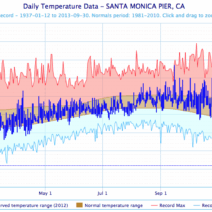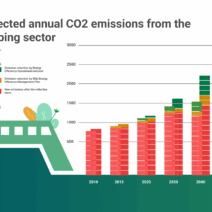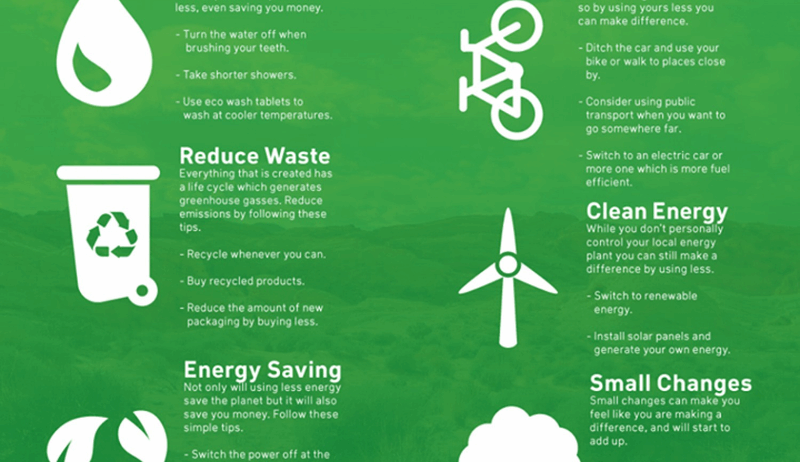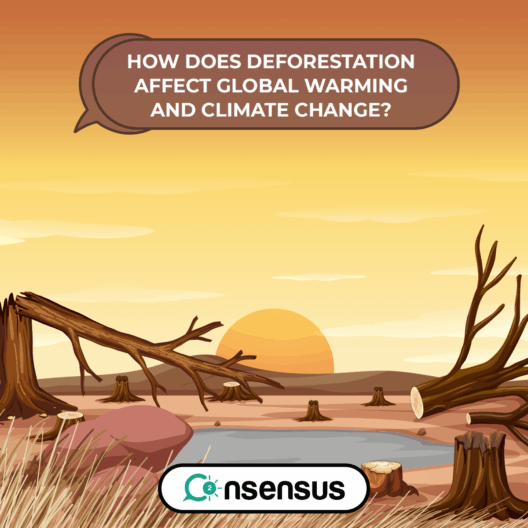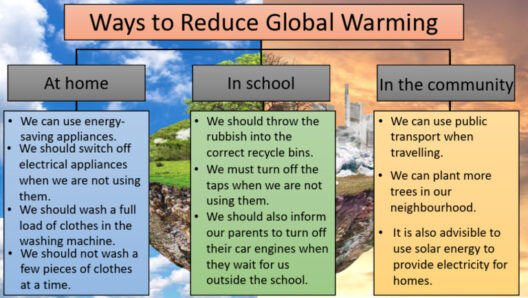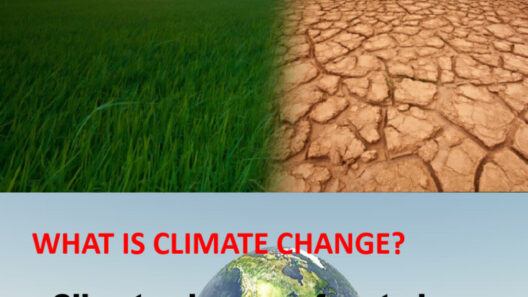The issue of climate change is no longer a distant threat; it is an imminent crisis affecting every corner of our globe. As the planet warms and weather patterns shift drastically, cities face rising sea levels, devastating storms, and prolonged droughts. With such an overarching problem, you may wonder what can be done. This article explores transformative solutions and actions that individuals, communities, businesses, and governments can implement to combat climate change effectively.
Before delving into actionable solutions, it is crucial to comprehend the underlying causes of climate change. The primary driver is the accumulation of greenhouse gases in the atmosphere, primarily carbon dioxide (CO2) and methane (CH4), arising from human activities such as the burning of fossil fuels, deforestation, and agricultural practices. With this understanding, we can explore multifaceted solutions—those that aim to mitigate emissions, adapt to changes, and foster resilience within our communities.
Our individual actions can initiate significant shifts. By adopting sustainable practices in our daily lives, we empower ourselves while exemplifying to others the importance of environmental stewardship.
Choosing Renewable Energy
Switching to renewable energy sources is one of the most impactful strategies to address climate change. Solar panels, wind turbines, and geothermal systems offer cleaner alternatives to fossil fuels. Households and businesses can greatly reduce their carbon footprints by investing in solar energy systems or purchasing renewable energy credits from their power suppliers. Community initiatives can help disseminate information about incentives for renewable energy installation, making it more accessible and proliferative.
Moreover, the transition to renewable energy sources comes with the added benefit of job creation within the green technology sector. New roles encompass engineering, manufacturing, installation, and maintenance, fostering local economies while addressing climate issues.
Moreover, advocating for policies that promote clean energy production can influence governmental and corporate decisions, requiring them to prioritize sustainability in their energy procurement strategies.
Revising Transportation Choices
Transportation is a critical sector which contributes significantly to greenhouse gas emissions. Individuals can positively influence this area through conscious choices. Opting for public transportation, carpooling, cycling, or walking can drastically minimize carbon footprints. Additionally, consideration of electric or hybrid vehicles provides an avenue to significantly lessen reliance on fossil fuels.
Urban areas can further this cause through the development of pedestrian-friendly infrastructures and extensive cycling networks. City planners should prioritize greener transportation options to decrease congestion and create cleaner air for residents.
Increasing Efficiency in Food Production and Consumption
Our dietary choices also play a monumental role in climate change. Agriculture contributes roughly 25% of global greenhouse gas emissions. Adopting a plant-based diet, even partially, can lead to a substantial reduction in resource consumption. Foods produced through sustainable farming practices, such as organic farming and permaculture, are not only healthier choices but also more environmentally sound.
Moreover, reducing food waste is crucial. According to the Food and Agriculture Organization, approximately one-third of all food produced is wasted. Implementing better food management practices, such as meal planning and composting, can alleviate the negative impacts of excess waste in landfills, which emits methane, a potent greenhouse gas.
Enhancing Natural Ecosystems
Forests and wetlands serve as natural carbon sinks, absorbing substantial amounts of CO2 from the atmosphere. Conservation efforts aimed at protecting and restoring these ecosystems are essential components of climate mitigation strategies. Initiatives like reforestation, afforestation, and wetland restoration can combat climate change while simultaneously enhancing biodiversity.
Engaging local communities in these initiatives also fosters stewardship and connection to the land. Educational programs about the significance of these ecosystems can inspire action and create advocates for environmental preservation.
Political Engagement and Policy Advocacy
Addressing climate change on a systemic level requires political engagement. Voting for representatives who prioritize sustainability and pressing for stricter environmental regulations can shift national and local policies towards a greener future. Grassroots movements are essential, rallying individuals to voice their demands for more aggressive action against climate change.
Efforts like supporting carbon pricing, protecting climate legislation, and advocating for accountability in corporate emissions are critical. Community organizing can amplify voices, allowing collective action to yield powerful results.
Investing in Climate-Resilient Economies
Transitioning to a low-carbon economy involves rethinking traditional economic systems, anchoring them in sustainable practices. Businesses and governments must invest in green technologies and infrastructure that support long-term sustainability. Emphasizing circular economies––where waste is minimized and materials are reused––can foster resilient economic systems capable of withstanding climate impacts.
Furthermore, institutions and corporations need to adopt sustainable practices in their operations, focusing on reducing waste, conserving energy, and sourcing sustainable materials. Conscious consumerism will further pressure businesses to make environmentally responsible choices, driving the market toward greener alternatives.
In conclusion, the solutions to climate change are not singular but a convergence of numerous avenues ranging from individual lifestyle changes to significant political action. The cumulative effect of small shifts in behavior, combined with systemic changes at organizational and governmental levels, can lead us toward a sustainable future. By recalibrating our approaches to energy, transportation, food, ecosystems, political advocacy, and economic systems, we can mitigate the impacts of climate change to foster a healthier planet for ourselves and generations to come.
